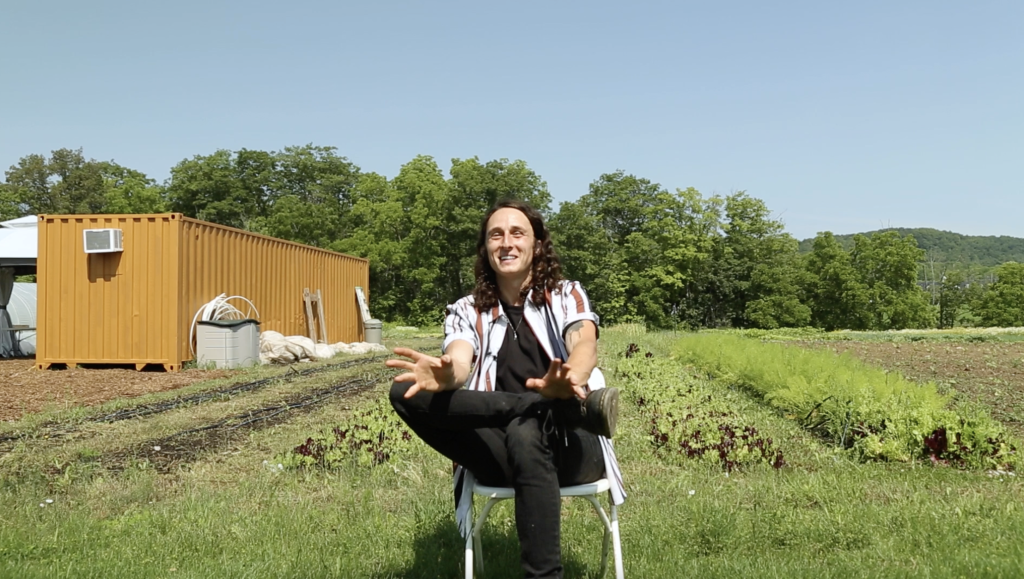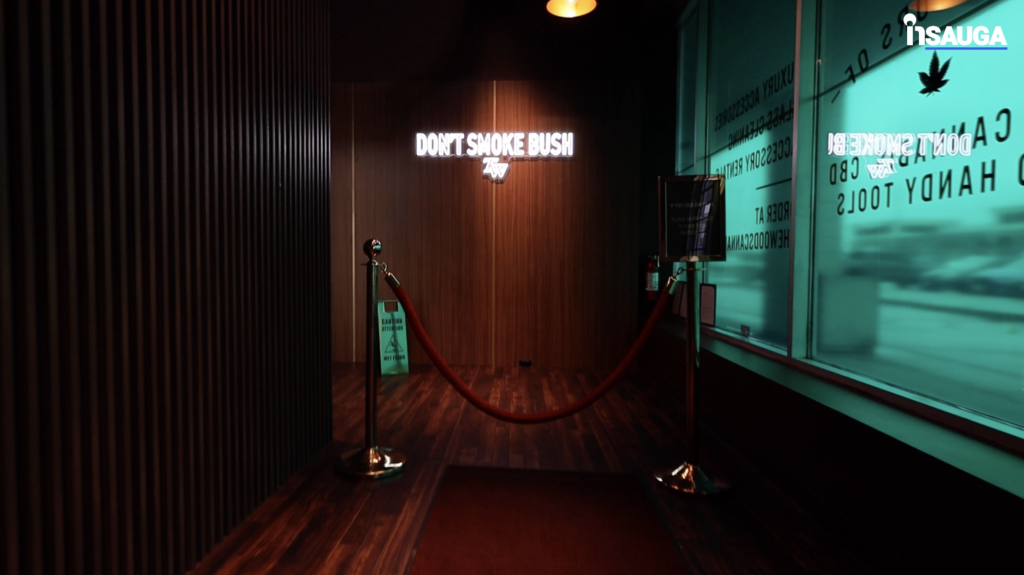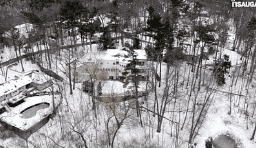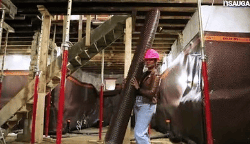Affordable Housing Options In Brampton Are Decreasing: Report
Published August 2, 2019 at 5:40 pm

It’s no news that Brampton residents are finding it harder to buy a house or rent an apartment.
It’s no news that Brampton residents are finding it harder to buy a house or rent an apartment.
Over the past few years, the growing gap between wages and shelter costs has been dominating headlines and prompting serious discussions at all levels of government.
In June, Brampton placed 10th on the list of 33 cities for average monthly rent for a one-bedroom home at $1,643 but finished 16th for average monthly rent for a two-bedroom at $1,773.
Recently, a study by the Canadian Centre for Policy Alternatives indicated that minimum wage earners (such as Ontario residents who earn $14 an hour) absolutely cannot afford apartments in Canada’s major cities–Brampton included. The study stated that the Brampton East rental wage is $29.97 an hour, which means a full-time minimum-wage worker would need to clock around 86 hours a week to afford their rent. The Brampton West rental wage is $27.40 an hour, which means a full-time minimum-wage worker would need to clock around 78 hours a week to afford their rent.
Toronto Real Estate Board (TREB) also reported that the market is scorching in Brampton with a total of 932 homes sold, a 20.8 per cent year-over-year improvement. A flat influx of new supply – new listings fell 0.8 per cent to a total of 1,491 – has led to a price surge of 6.9 per cent to an average of $744,590.
Now, TREB is painting a similar story.
President Michael Collins announced that Greater Toronto Area realtors reported 8,860 sales through TREB’s MLS System in June 2019, representing a 10.4 per cent increase compared to June 2018.
Over the same period, total new listings remained at a similar level for June and active listings at month-end were down by 5.7 per cent.
Sales and new listings statistics for the first half of 2019 compared to the same period in 2018 painted a similar story to that of June. Sales were up by 8.5 per cent, while new listings were up by less than one per cent. This shows that sales accounted for a greater share of listings compared to last year, which means that competition between buyers increased, resulting in renewed price growth in many segments of the market.
“Over the next year, as demand for ownership and rental housing continues to grow, my hope is that we will see more movement from policymakers on two fronts: alleviating the constrained supply of housing and providing more flexibility around demand-side policies, including the OSFI two percentage point mortgage stress test and allowable amortization periods on insured mortgages,” said Collins.
The overall average selling price in June 2019 was $832,703 – up by three per cent compared to the average of $808,066 in June 2018. Price growth was driven by the higher density market segments, including semi-detached houses, townhouses and condominium apartments.
Here is a breakdown of those numbers by city:



The MLS Home Price Index Composite Benchmark was up by a similar annual rate of 3.6 per cent. For the first half of 2019, the average selling price was $810,661, representing an increase of 2.4 per cent compared to the first half of 2018.
“Buyers started moving off the sidelines in the spring, as evidenced by strong year-over-year price growth throughout the second quarter. However, because we saw virtually no change in the number of new listings, market conditions tightened and price growth picked up, especially for higher density home types, which, on average, are less expensive than traditional detached houses and therefore provide more affordable housing options under the new OSFI stress test regime,” said TREB’s Chief Market Analyst Jason Mercer.
Do you plan to buy a home in Brampton in 2020?
insauga's Editorial Standards and Policies advertising






